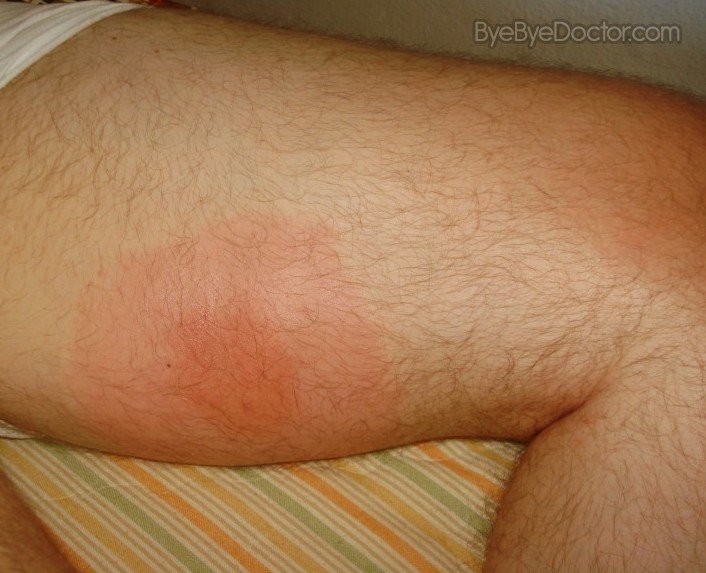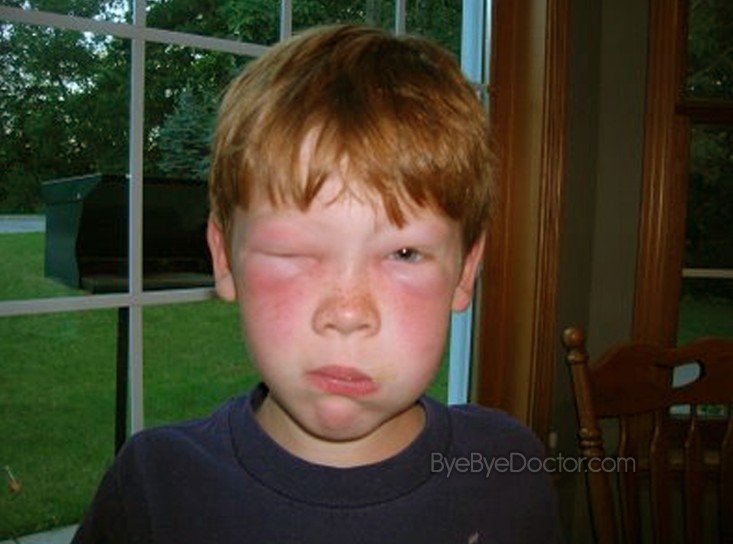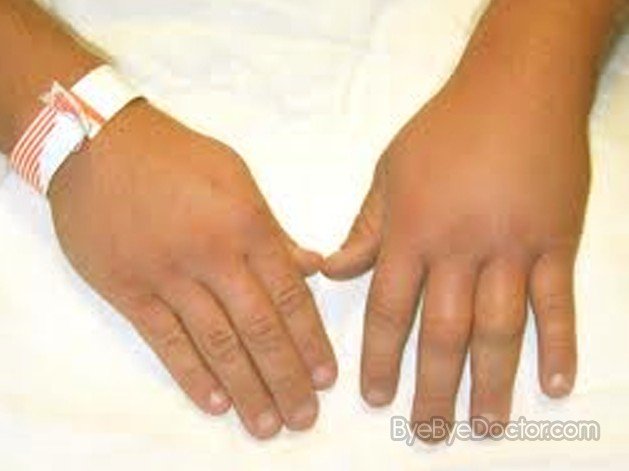Bee Sting Swelling
Last reviewed by Dr.Mary on August 7th, 2018.
Bee stings are either exasperatingly painful or deadly – depending on whether the victim is allergic to the venom. The best way to reduce any response or swelling to the venom of the bee is to immediately remove the stinger of the bee as fast as possible. If a victim of the bee sting has had any prior allergic reactions to the stings of bees, it needs to be considered that there is the possibility of anaphylaxis which is a life-threatening allergic reaction.
The ruthlessness of a sting from an insect varies from individual to individual. There are three types of reaction:
Normal – this will cause pain, redness and swelling around the site of the sting.
Localized – a localized reaction results in swelling that normally spreads further than the sting site. Even though it looks more serious, it is normally not any more serious than a typical reaction.
Allergic – this is a serious reaction that requires fast medical attention.
The symptoms of a bee sting that is severe – often known as the anaphylactic reaction – can include one or even more of the following symptoms:
- Problems with breathing
- Hives appearing that are itchy, red, rash and extend to areas beyond the sting
- Swelling of the mouth tissue, throat or face
- Difficulty swallowing or wheezing
- Anxiety and restlessness
- Pulse that is rapid
- Dizziness as well as a drop that is sharp in the blood pressure
Normally, severe reactions that are allergic in nature aren’t common, but when they do happen, they can cause shock, unconsciousness and cardiac arrest in approximately 10 minutes. This kind of reaction occurs within minutes after a sting and can be fatal. Get treatment immediately.
A mild reaction to a bee sting can cause one or more of the below symptoms at the sting site:
- Redness
- Pain
- Pimple-like spots
- Mild to moderate swelling
- Itching
- Warmth at the sting site
Home remedies for treating Bee Sting Swelling
- Scrape the stinger out. This can be done with a knife, a long fingernail or credit card.
- Rub an aspirin on the sting. By rubbing an aspirin that is wet on the area where the sting was, it helps to neutralize some of the agents of inflammation.
- Get relief by using meat tenderizer. Make a paste with tenderizer and water to apply to the sting.
- Use baking soda to help ease the pain. Apply a paste of water and baking soda directly on the sting for approximately 20 minutes
- Use ammonia to kill the pain
- Take a mild pain reliever such as aspirin, Advil or Tylenol. Don’t give aspirin to children due to the risk of Reye’s syndrome
- Take an antihistamine such as Benadryl as this will ease any pain or swelling. Antihistamine cough syrup like Benylin works well with children
- Dress very plain as bees are attracted to clothing which is colored brightly
- Refrain from using any fragrances that might attract bees. After-shave as perfume can entice bees to check you out.
- Take more zinc. Certain nutrients seem to alter the odor of the body and offer some protection.
Treatment
- Severe allergic sting reactions should be treated with epinephrine or adrenaline, either administered by a medical professional or self-injected. The injection can stop the development of any more severe allergic reaction.
- Calamine lotion with an analgesic or Caladryl can calm the pain and itching of a bee sting within approximately 45 minutes. Dab it on the sting site every 4 hours. Can be obtained over the counter at any drug store.
- Maximum strength hydrocortisone cream reduces the symptoms in about an hour and should be used every 3 or 4 hours.
- Ice is probably the best treatment. A 20-minute application of ice will kill the symptoms almost immediately and keep them subdued for many hours. Ice reduces the swelling due to constricting the vessels and through slowing down the flow of the venom-tainted blood. It also cancels out the itching and pain.






